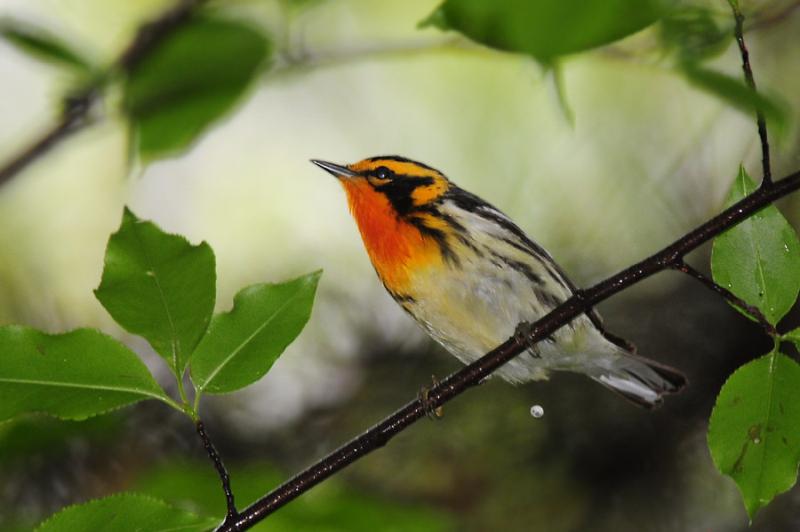
In early May it’s warbler time!
This is the Biggest Week in American Birding in northwestern Ohio and I’m not going to miss it. I expect to see my favorite warbler, the Blackburnian (Setophaga fusca) above, and up to five warblers whose names are out of place in Ohio.
The birds listed below were named for the location where a scientist first described them though they were on migration at the time. The name tells you more about the ornithologist’s travel schedule than it does about the bird.
Tennessee warbler (Oreothlypis peregrina). From Birds of North America Online:
“Described by Alexander Wilson in 1811 from a migrant specimen on the banks of Tennessee’s Cumberland River, its common name belies the fact that its breeding range is restricted almost entirely to the boreal forest zone of Canada, southeastern Alaska and the extreme northern fringe of the U.S.”
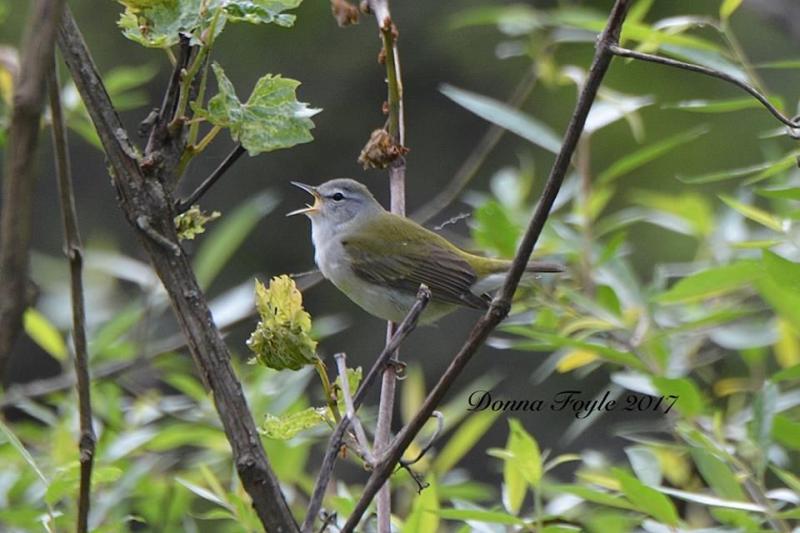
Nashville warbler (Oreothlypis ruficapilla): Found by Alexander Wilson in Nashville in 1811, and so named.
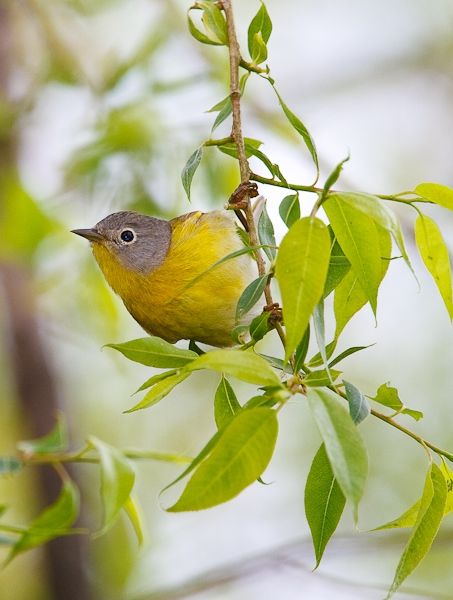
Kentucky warbler (Geothlypis formosa). Named by Alexander Wilson in 1811 while he was in Kentucky.
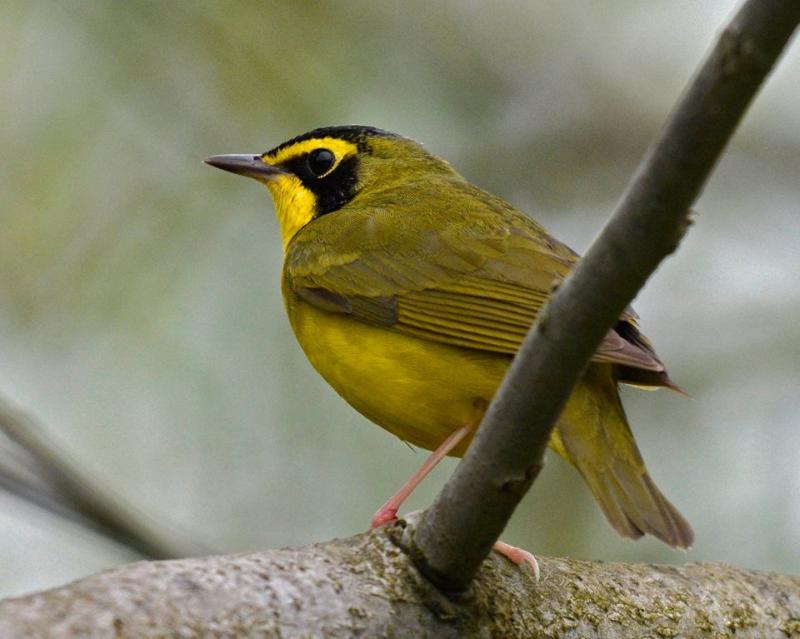
The elusive Connecticut warbler (Oporornis agilis) is so hard to find in the spring that Steve Gosser’s photo below is from September 2013. Alexander Wilson first saw one in autumn, too. From Birds of North America Online:
Alexander Wilson first described this species in 1812 and named it after the state of Connecticut, where he collected the first specimen, a fall migrant. The common name is something of a misnomer, however, because the species does not breed in Connecticut, nor is it a common migrant there.
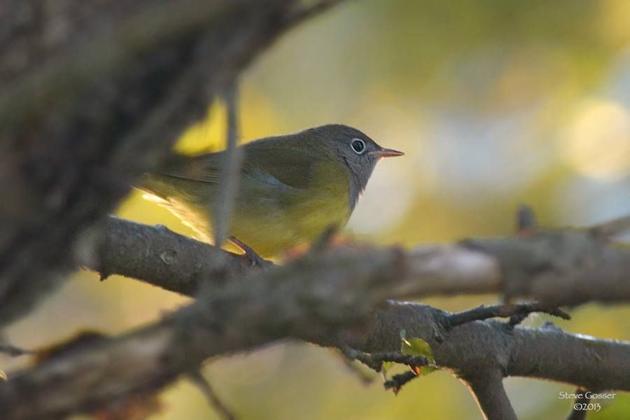
And finally, the Cape May warbler (Setophaga tigrina) was one of the last birds Alexander Wilson described. He found it at Cape May, New Jersey in May 1813. He died three months later at age 47. From Birds of North America Online:
“Its English name refers to the locality from which Alexander Wilson first described the species— Cape May, New Jersey—where it was not recorded again for more than 100 years .”
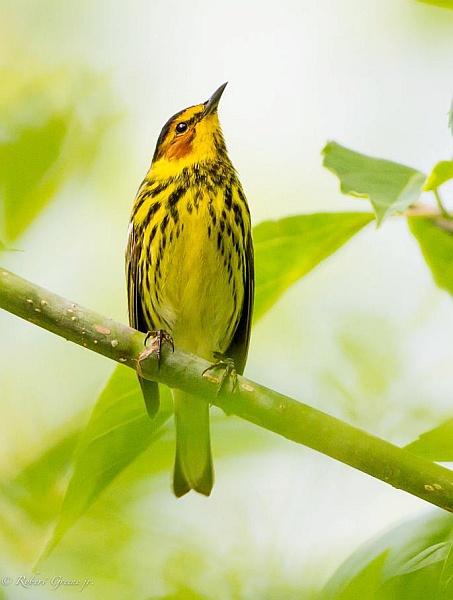
If I’d named the warblers for my first sightings they’d be Ohio warbler, Magee Marsh warbler, Maumee Bay warbler, and Ottawa (county) warbler.
It’s warbler time in Ohio!
(photo credits: Steve Gosser, Donna Foyle, Brian Herman, Tony Bruno, Bobby Greene)